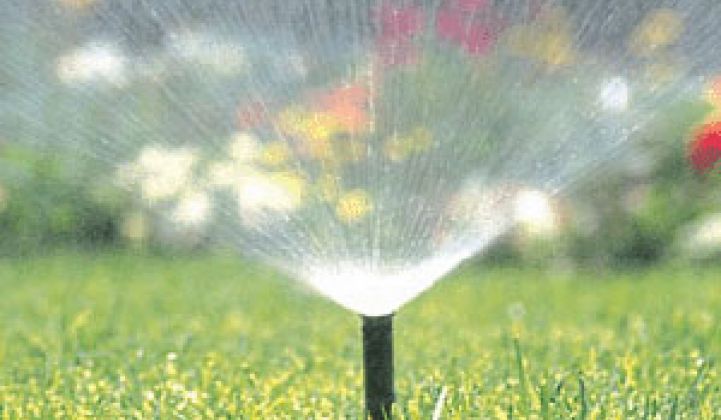The city of Palo Alto has chosen the Opower of water, WaterSmart, to help implement a behavioral conservation program. The new program also comes with another partner: the actual, newly public Opower (NYSE: OPWR).
Palo Alto’s 20,000 residential customers will receive quarterly home water reports from WaterSmart that compare a home’s water use to that of other homes in the area. The offering is similar to the energy reports that Opower built its business on, which Palo Alto has offered since 2011.
The partnership is not necessarily a signal that Opower is moving into the water space, but rather an effort by the two companies to ensure that their report cadence is in sync, according to Opower. “Opower is still focused on our core products,” said Carly Llewellyn, associate director of communications for the company.
The San Francisco-based startup WaterSmart works with more than a dozen utilities in California, Colorado, Utah and Texas, and raised an additional $4.5 million last summer.
WaterSmart would like to expand nationally, but drought-stricken California provides the easiest opportunities for conservation measures. The state is requiring water utilities to slash use by 20 percent per capita by 2020. In a pilot with East Bay Municipal Utility District, WaterSmart reports led to savings of approximately 5 percent per household.
“With the recent addition of Palo Alto and other communities, WaterSmart has solidified its position as the most widely adopted customer engagement and conservation platform in the water industry,” Peter Yolles, founder and CEO of the company, said in a statement.
Although WaterSmart's service has achieved positive results, the pilots raised questions about how frequently the reports should be sent and what sort of actionable information should be presented. For example, it might be more important to know how to shop for a water-efficient clothes washer than to know specifically how much water the household is using.
The reports will only be delivered quarterly, but residents in Palo Alto can log onto a web portal at any time for water history information and water efficiency tips. For the city of Palo Alto and other customers, one of the most valuable parts of WaterSmart’s offering is using the platform to better target customers for water efficiency programs. The reports are delivered quarterly because that is the frequency at which meter readings occur. They will be sent separately from Opower’s monthly home energy reports.
Although Opower is not quite diving head-first into water efficiency, there are natural synergies for its municipal customers, which often deliver both electricity and water.
A report last year from the Pacific Institute found that water efficiency improvements could save as much energy as some existing electricity-focused efficiency programs in the state, but at about half the cost.



